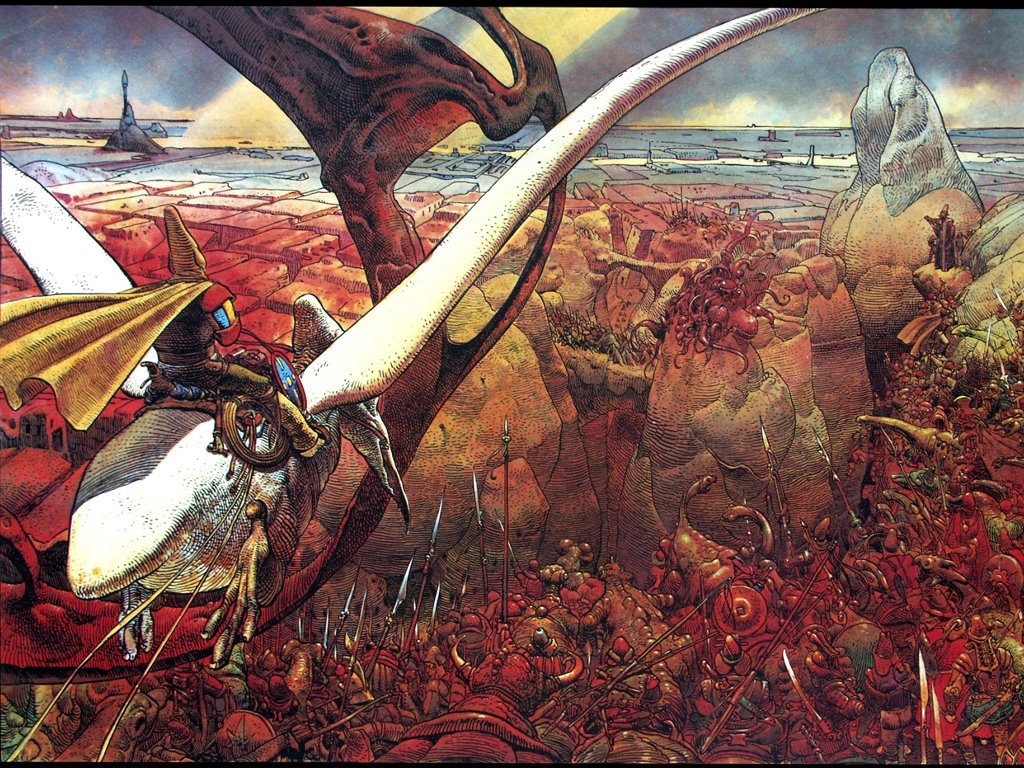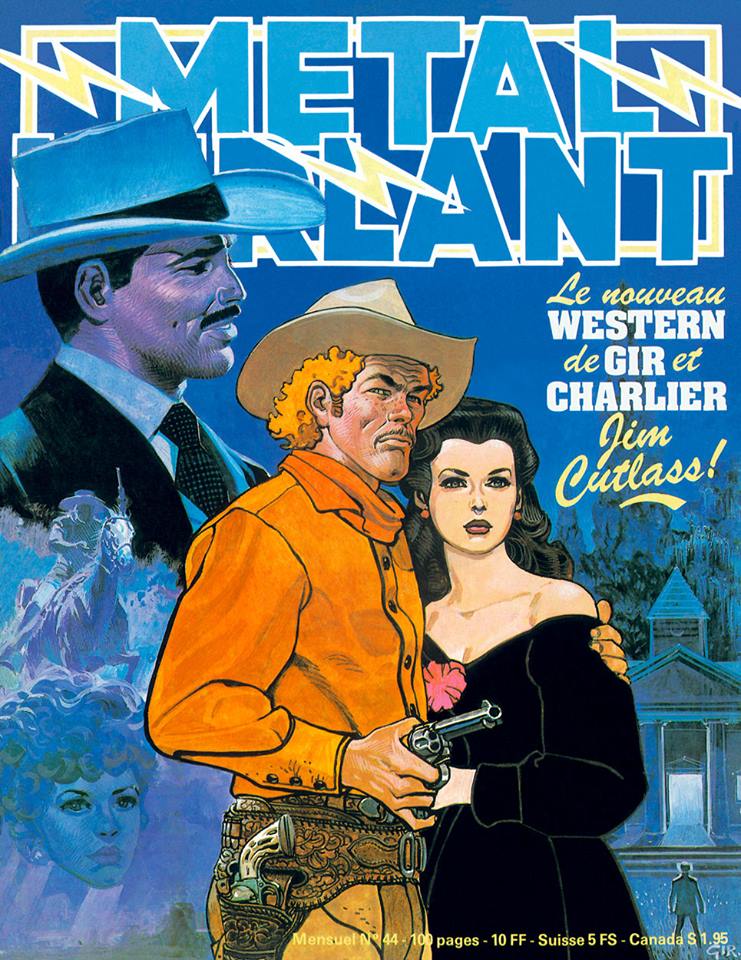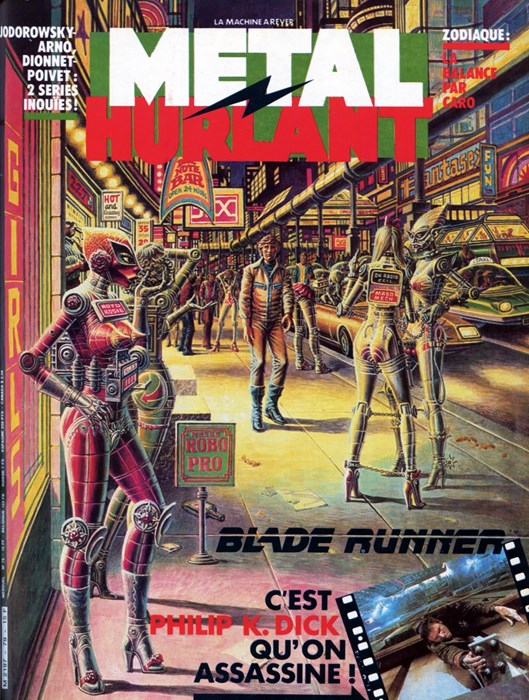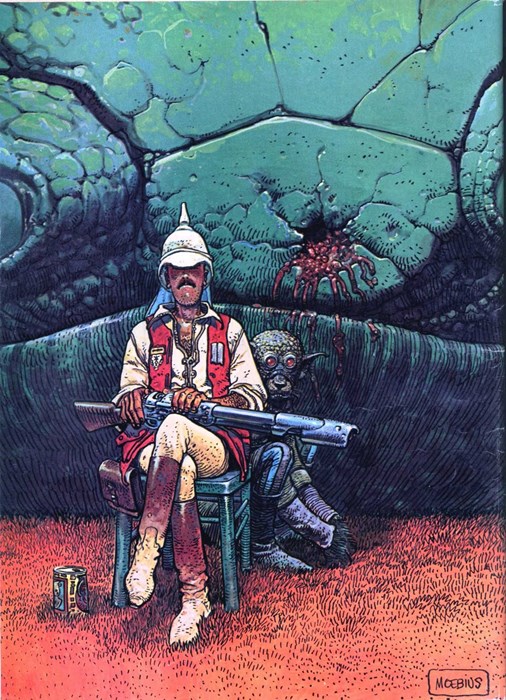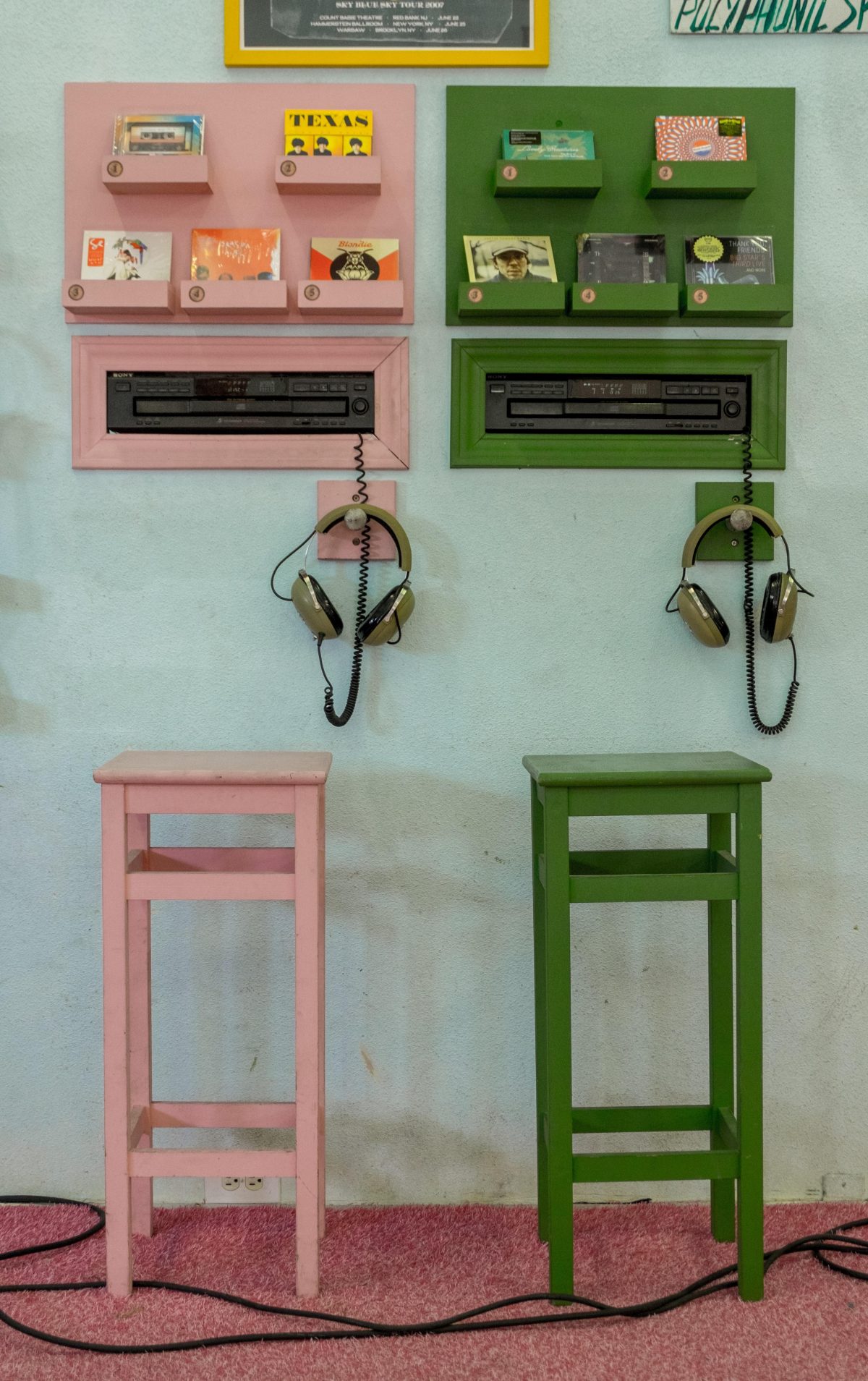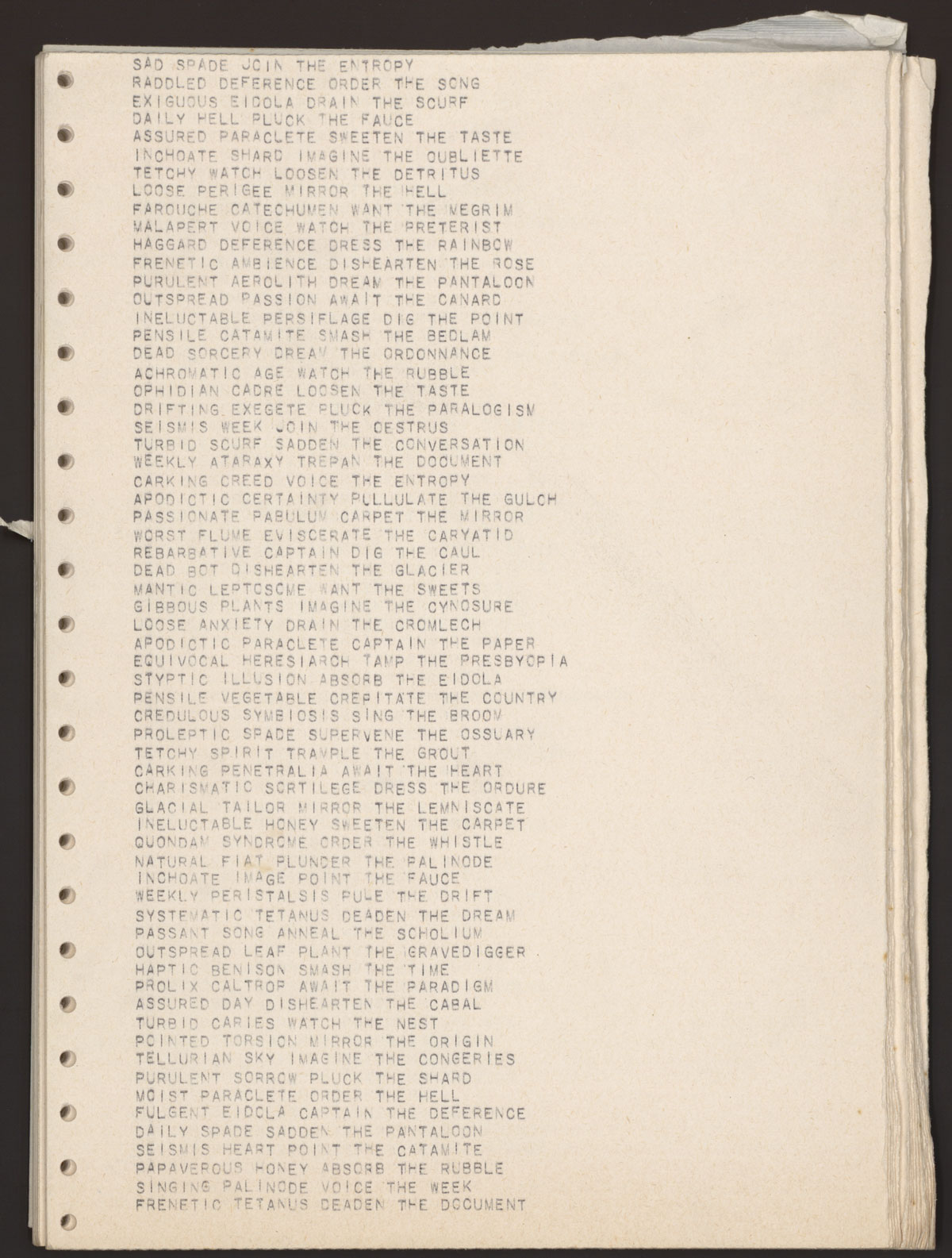A tongue-in-cheek essay in McSweeney’s, Michael Fowler’s “How to Play a John Bonham Drum Solo,” contains some of the finest descriptions I’ve read of Bonham’s thunderous playing. It all begins with the triplet, the “thump-pe-da, thump-pe-da, thump-pe-da” rhythm the Led Zeppelin drummer plays on every piece of the kit. Should you learn to play drums like Bonham, you’ll be able to start this “up like a motor,” on any drum, “with either hand or foot, and perform all over the drums, without throwing a stick or becoming entangled in your own limbs, except to be funny.” After Bonham “made the important discovery that all drumming is just triplets, or should be,” he then proceeded to play them while “flying around the kit with blinding speed, hitting every drum and cymbal in those negligible spaces” between the triplets, “jamming like hell inside those brief spaces” then “plunging the whole kit into dead silence.”
Can you learn to do this? Maybe you’ll want a less colorful, more programmatic guide. Bonham himself learned the technique from some of the most furious drummers in jazz, Gene Krupa and Buddy Rich, as the narrator explains in the video above, “What Makes John Bonham Such a Good Drummer?”
We begin with those trademark triplets, then learn of another Bonham signature. While more straightforward drummers like The Stones’ Charlie Watts played strict 4/4 beats with metronomic precision, Bonham was often so far behind the beat it was as if he played his drum parts in an echo chamber, with a syncopated swing he took from funk.
But the heart of Bonham’s distinctive drumming has to do with the unusual dynamic he had with Jimmy Page. Normally, a drummer will lock in with the bass player, providing a solid foundation for the guitars and vocals to stand on. But “the essence… of the whole Zeppelin thing,” says engineer Ron Nevison, “was John Bonham following the guitar. He would take the riff and he would make that his drum part.” We hear several driving examples of this, most notably “Immigrant Song,” above, where Page and Bonham follow each other, while John Paul Jones thunders below them. The result, and one crucial reason Bonham’s hands almost never stop flying around the kit, is that, like Page, he’s playing both rhythm and lead parts, sometimes both at once.
Bonham sets out the scaffolding for Page’s complex phrasing, sometimes creating a push-pull effect that heightens a song’s tension at its core. We hear this in “Kashmir,” where Bonham plays a standard 4/4 beat while Page and the string section play in 3/4 time. These asynchronous passages can prove daunting for accomplished drummers. Bonham frequently pulled them off with the same kind of looseness and panache he brought to all of his playing, with no shortage of triplets and Gene Krupa-like fills thrown in for good measure.
Related Content:
John Bonham’s Isolated Drum Track For Led Zeppelin’s ‘Fool in the Rain’
Isolated Drum Tracks From Six of Rock’s Greatest: Bonham, Moon, Peart, Copeland, Grohl & Starr
Jimmy Page Tells the Story of “Kashmir”
Josh Jones is a writer and musician based in Durham, NC. Follow him at @jdmagness

